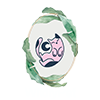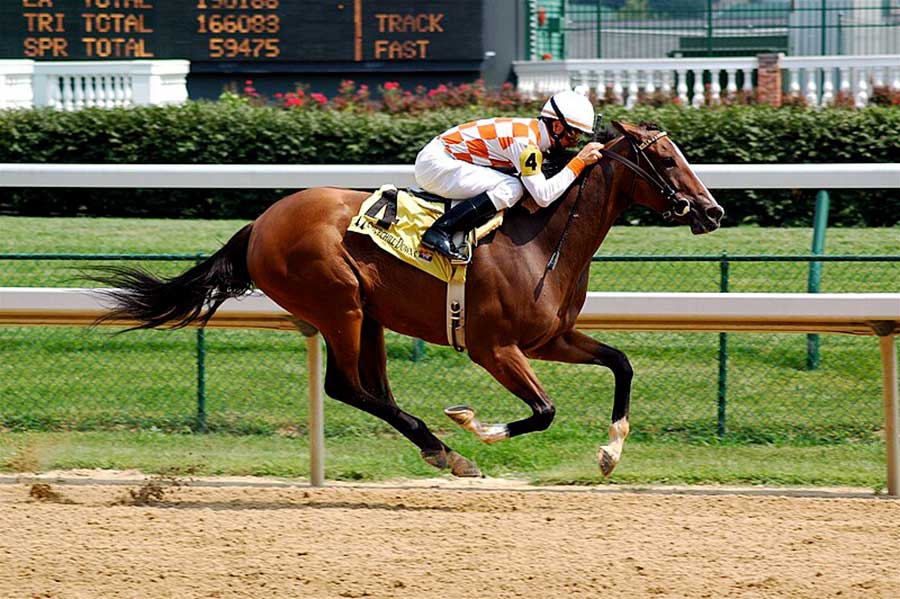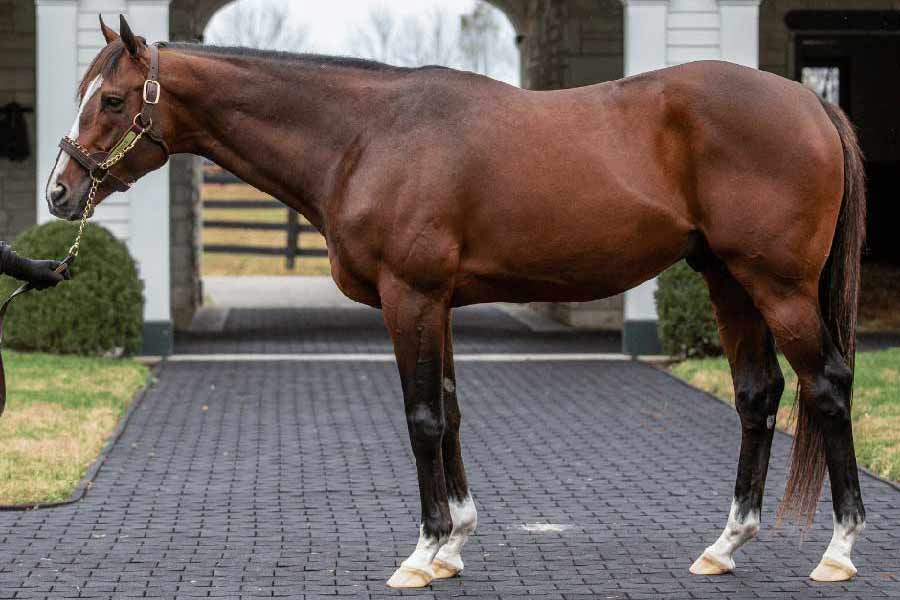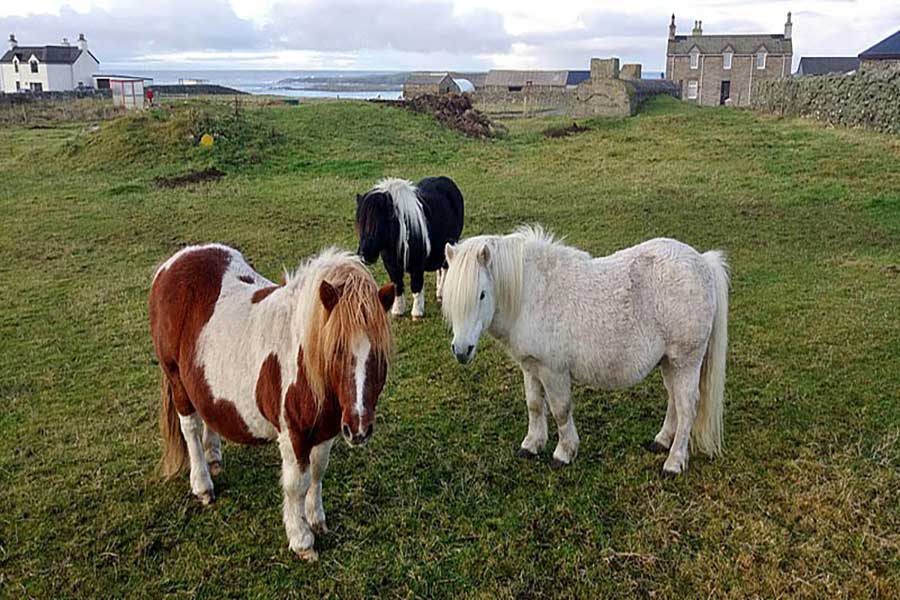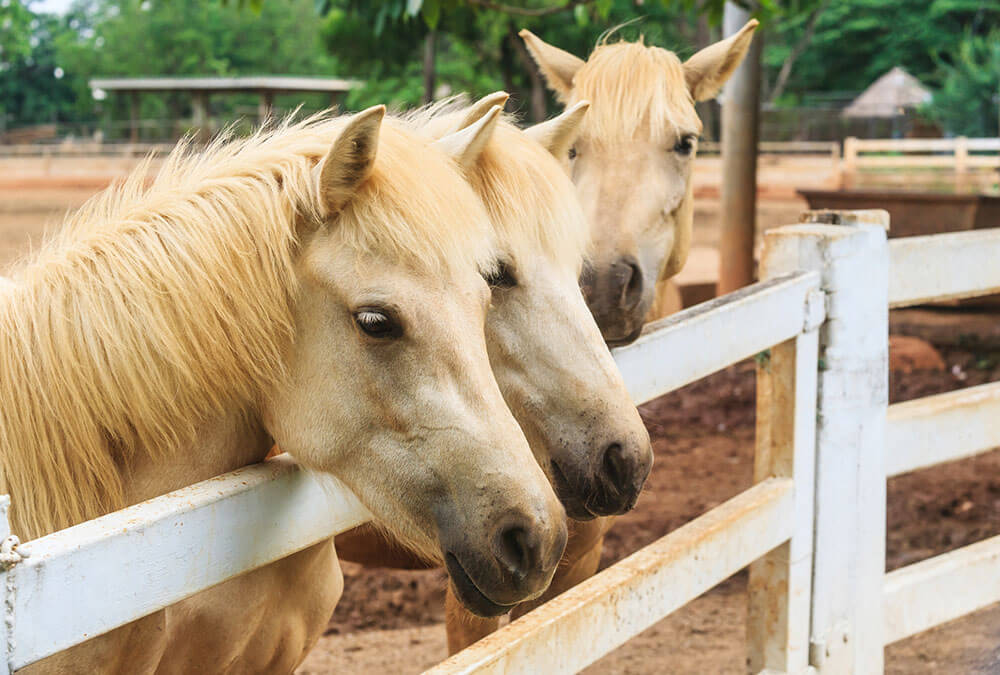Dressage: The Most Elegant Horse Sport
Dressage, often called “horse ballet,” is a refined equestrian sport that combines grace, power, and communication between rider and horse. Rooted in ancient Greek training methods and perfected through centuries, dressage is now a global sport featured in the Olympics and prestigious competitions. The “Dressage” sets the tone right at the start—this discipline showcases the ultimate harmony between rider and horse.
In dressage, horses perform a sequence of precise movements in response to nearly invisible cues. These movements, judged on accuracy and fluidity, reflect years of training, mutual trust, and balance. Because of its complexity, dressage is not just a test of the horse’s abilities but also the rider’s discipline, patience, and subtlety.
The Origin and Evolution
Dates back to 400 BC, when Greek soldier Xenophon wrote about horse training with kindness and subtle control. Over time, European cavalry schools, especially during the Renaissance, refined these methods into formalized movements.
Eventually, these techniques evolved into competitive sport. Today, this sport is governed by the Fédération Équestre Internationale (FEI) and features prominently in global equestrian events, including the Olympics. Its prestige and depth have made it a cornerstone of classical riding.
What Makes Dressage Unique in the Horse World
Precision and Harmony
In dressage, horses perform a “test” composed of movements such as piaffe, passage, half-pass, and flying changes. Each movement is judged individually, and riders aim for smooth transitions and symmetrical lines.
While other equestrian sports emphasize speed or jumps, emphasizes control, elegance, and invisible communication. As a result, the sport is often considered the highest expression of horse training.
The Arena
A standard arena measures 20×60 meters and is marked with letters that guide the pattern of movements. Judges are positioned around the arena to score each segment.
The setting, while simple, places all focus on the horse and rider’s harmony. The clarity of this environment showcases the beauty without distractions.
Training : The Rider-Horse Partnership
Effective training takes years. Horses begin with basic gaits—walk, trot, and canter—before progressing to advanced movements. The rider must guide the horse using seat, leg, and rein aids, often imperceptibly.
Key traits of a horse include:
- Natural athleticism
- Calm temperament
- Willingness to learn
- Strong back and hindquarters
Meanwhile, riders must develop core strength, balance, and fine motor control. Both partners must grow together, building trust and responsiveness.
Levels and Competitions
Competitions are structured into levels:
- Introductory (for beginners)
- Training Level
- First to Fourth Levels
- FEI Levels (Prix St. Georges to Grand Prix)
Each level introduces more difficult patterns. Grand Prix, the highest level, includes complex movements performed with extraordinary finesse.
Competitions reward precision, rhythm, impulsion, and submission. Riders wear traditional attire—black coats, white breeches, gloves, and top hats or helmets—to honor the sport’s heritage.
Dressage Horse Breeds and Ideal Traits
Though many breeds can compete, certain types excel in dressage due to natural movement and conformation:
- Warmbloods (Dutch, Hanoverian, Oldenburg) dominate the sport.
- Lusitanos and Andalusians bring flair and collection.
- Thoroughbreds and Arabians, though less common, can succeed with proper training.
The best horses possess straight movement, rhythmical gaits, and a calm but energetic disposition.
Benefits of Practicing
For Horses
- Builds muscle tone and flexibility
- Improves mental focus
- Strengthens balance and coordination
For Riders
- Enhances posture and body control
- Fosters discipline and patience
- Improves communication skills
As a result, dressage isn’t just competitive—it’s therapeutic and enriching for both horse and rider.
Olympics and International Stage
Since 1912, dressage has been a part of the Olympic Games. Riders from around the world compete in individual and team events, judged on strict criteria. Germany, the UK, and the Netherlands often dominate the podium.
With international appeal and increasing accessibility, dressage continues to inspire equestrians worldwide.
What is the purpose of dressage in horse training?
Dressage develops a horse’s natural athletic ability, improving balance, flexibility, and responsiveness to subtle cues from the rider.
How long does it take to train a horse for dressage?
Basic dressage skills can take 1–2 years to develop, while training to the Grand Prix level can take 5–10 years or more.
Can beginners learn dressage?
Yes! Dressage offers entry-level tests for beginners, making it accessible while still offering a clear path to advanced competition.
